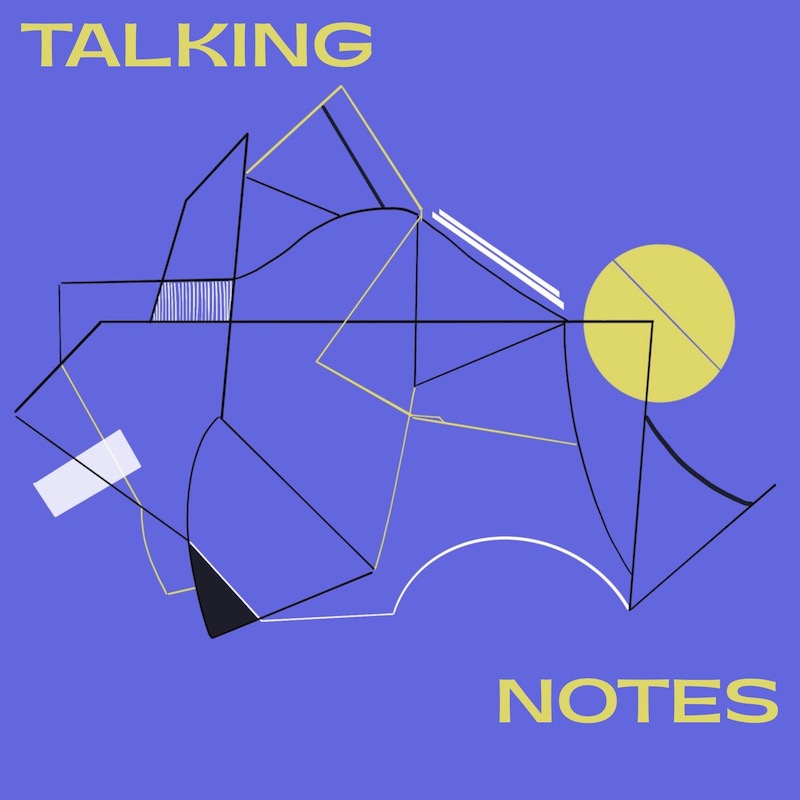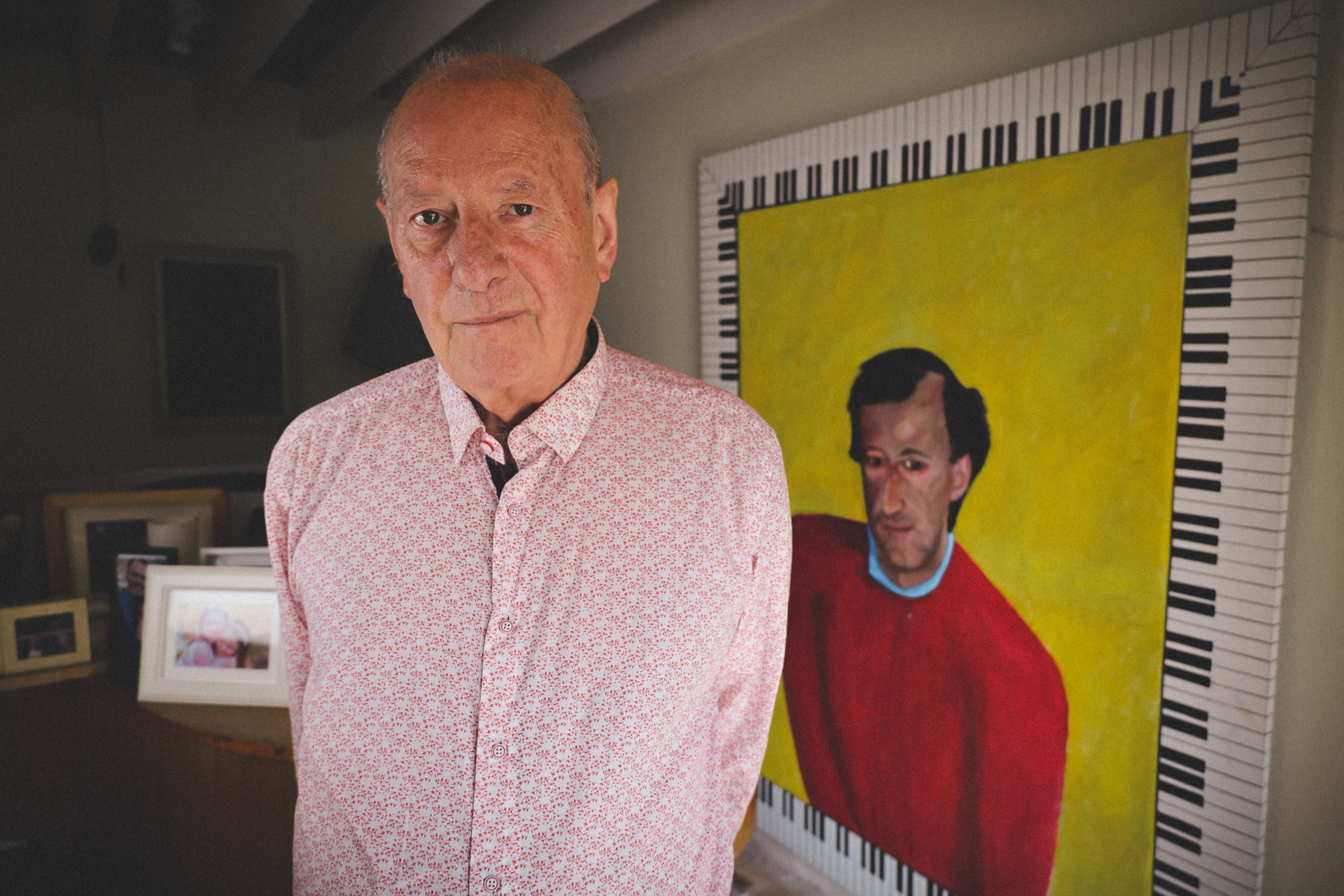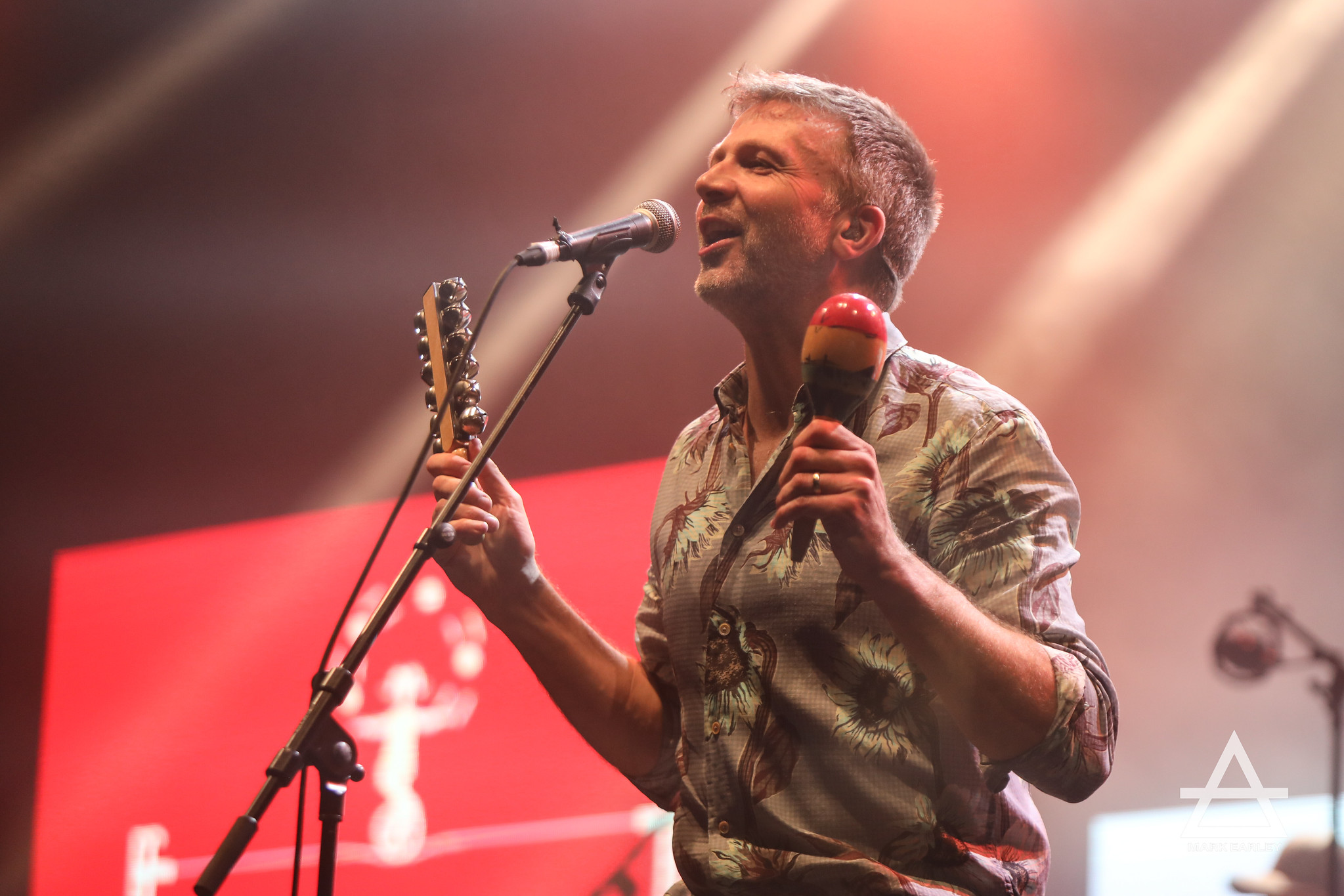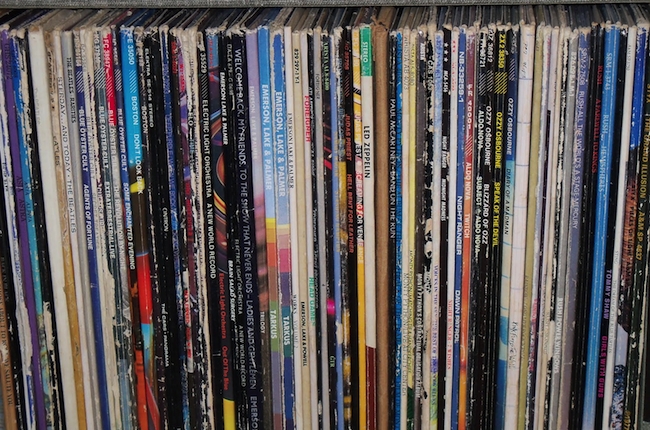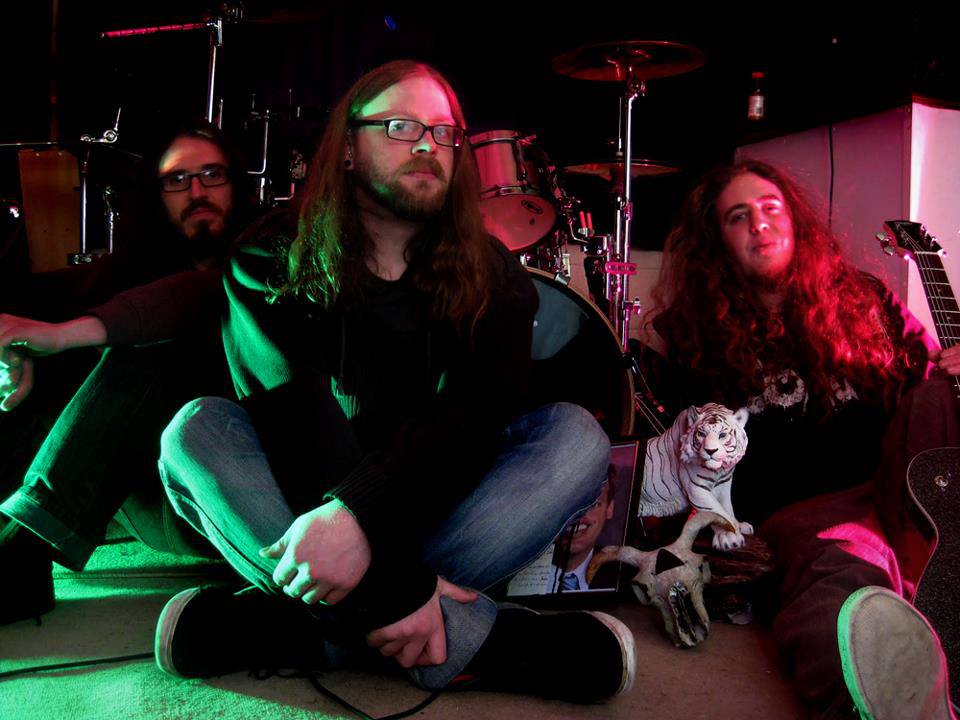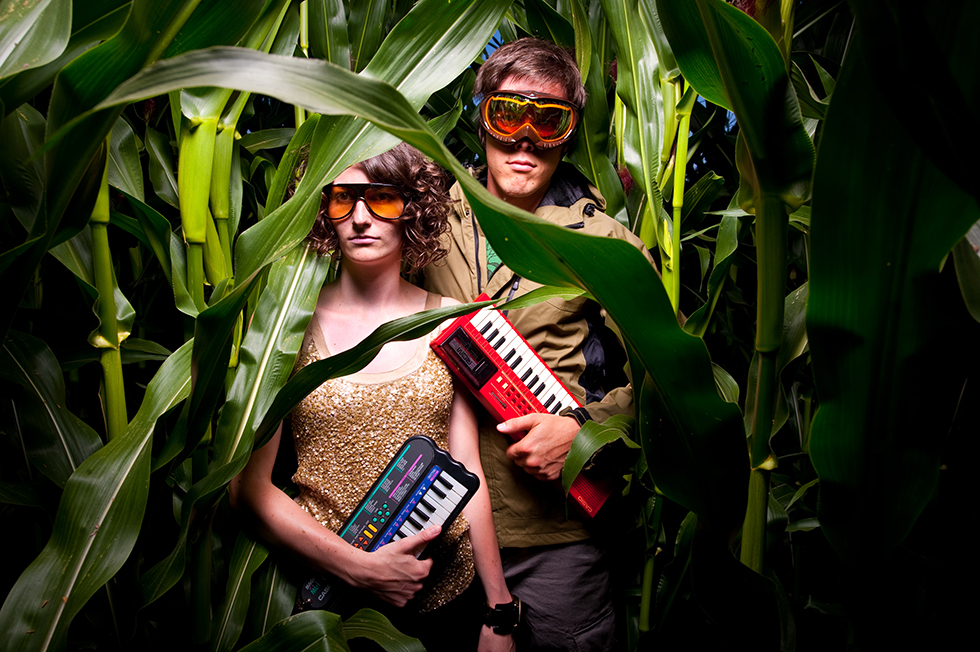In this month’s edition of the ddr. Radio Logs, Ellen O’Donohue discusses the background of her radio show Talking Notes.
In my house growing up, the radio was always something to talk back to. BBC Radio 4’s current affairs programme The Today Show was the backing track to mornings before school, and alongside the smells of ground coffee and charred toast, my mum’s loud retorts to whoever was speaking carried throughout the house. On mornings with a particularly bad schedule, full-blown arguments back and forth would occur. At the weekend, the station’s afternoon comedy programmes brought a cackle so gleeful I’d run to her pleading “What? What?” – not wanting to miss out on the joke. Sometimes, the radio spoke back too; shout outs read by 6 music presenters, track IDs announced by NTS DJs. My friend Stacey once called in to Charlie Bones and sang Stevie Wonder – the surprise of a familiar voice through the airways.
Radio has always been a source of good conversation, and my own foray into the medium, Talking Notes on ddr., is an attempt to grasp that. The show started initially on Glasgow’s Sub City Radio during the pandemic, recorded using home equipment and a lot of nerve. To get the best sound quality I would sit under my desk, late at night when there was no outside traffic, and speak into my iPhone, solitary and slightly uncomfortable, but it was a start.
Talking Notes is simple enough. It takes a writer or a musician and looks at either the music (for writers) or the literature (for musicians) that flickers in their work. Radio 4’s Desert Island Discs meets NTS’ In Focus. Whoever is the subject of the show becomes the selector.
Talking Notes explores the ways writing pages and making music overlap, or perhaps don’t. Some artists like Gil Scott Heron, rarely make one without the other. Some writers never mention music in their texts, an avoidance that feels unnatural – particularly in contemporary fiction. When most of us can’t walk five steps without putting in headphones, it is strange that the pages we read are filled with unmentioned background music. But it’s also hard to accomplish. There’s a much longer tradition of describing smells to embed the reader in a world, than sounds. Not all novelists are confident music writers. A character crosses a busy road, the gentle synths of Arthur Russell blocking out the world. It can feel a bit cringe.
With these ideas swilling behind Talking Notes, I had to create a format to match. In the early shows from beneath the desk, I plotted out the talking points, jotting down the ideas that would connect each part, and recorded off the cuff. When I moved to Dublin in 2021 and my show came with me, debuting on ddr., I had the opportunity to do this in a real studio, mixing and queuing as I spoke into the mic. My ambition was always to go live in the studio, to have a conversation with my audience, but when I began to practice this, it didn’t suit the form. I’m no DJ – and between the laptop of notes, CDJs, mixing decks, mic levels, live book readings and the off-the-cuff dialogue, I could barely keep up. There was no way I could go live like this.
I had to rethink my ideas of what a radio conversation was within the limits of my resources. The Talking in my title was no coincidence. Perhaps the conversation could happen between my material.
I started the new year with a different kind of show. I scripted my talking parts, and recorded only my voice in the studio, focusing on recording quality, then post-mixed with the music from my laptop late into the night, usually with wine and snacks. What came out was a conversation with less of my personality, perhaps, but more of my ideas, and more of a journey. It was no longer a fireside chat between me and my listener, but more of a sonic lecture. I stopped having to explain one part of the show to the next, the parts connected. It felt like what I had been trying to imagine. A good conversation. Ellen O’Donohue
Revisit all the previous ddr. Radio Logs here

